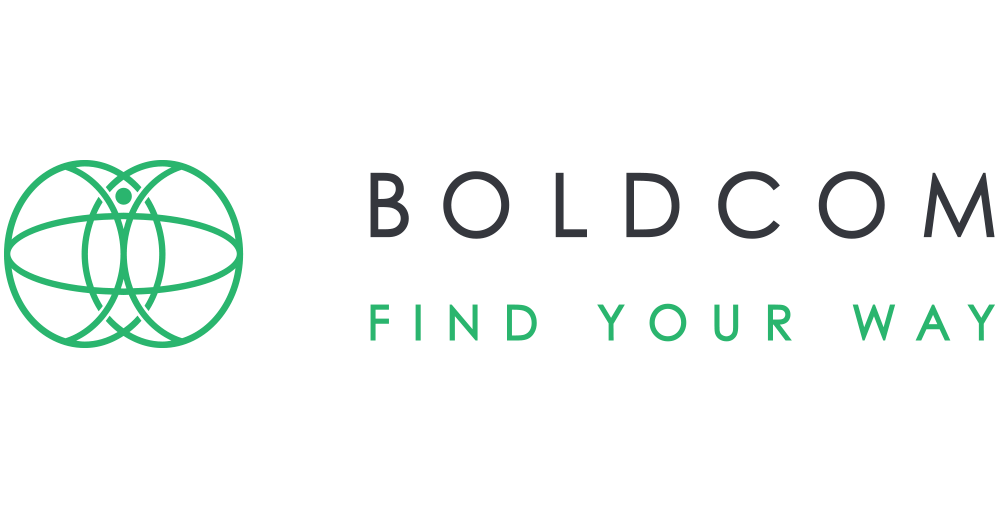As the sponsor of coaching in your organisation, it really helps to know what you’re wanting from your external coaching provider. Here are some important aspects to consider that will ensure you set the engagement up well and create conditions in which your top talent gets the most benefit for your investment into their performance and development:
Clarify the basics of the engagement structure
These include aspects such as number of coaching sessions, length of session, f2f or virtual engagement, overall time length of engagement e.g. 8 months, inclusion of key stakeholders, feedback processes to stakeholders, cost per participant and additional tools and processes that augment the coaching such as assessments, personality profiles, 360 feedback processes and more
Enquire as to the coaching vendor’s approach
There are many effective approaches that can underpin a coaching engagement. Chat with your provider to understand from what theoretical basis they work, as well as the general intentions and differentiators they emphasise in the building of coaching programmes. Ensure the provider is correctly briefed as to the strategic and organisational intent that will inform their design of the specific coaching intervention for your people.
Provide a well-considered brief to the coaching provider
Be aware there are multiple ways of structuring a coaching journey – it’s not just one ‘vanilla’ delivery. Talk in detail with your provider to co-design the best-fit engagement solution for the specific brief. Remember, in one rollout it is relatively simple to coordinate different engagement journeys catering to the needs of individual, group or team requirements and context
Confirm with potential participants verbally first their interest and willingness prior to engagement
Coaching requires positioning to potential participants to enable them to see the opportunity and organisation / sponsor’s motivation for them receiving coaching. Doing this first helps people to orient to the commitment of the journey
Create clarity on who gets nominated and why?
Offering coaching to leaders can create the desire in your organisation for people to ask why others were selected and how they can also receive coaching. Working out in advance the business communication as to why certain people are selected avoids ‘jockeying’ with HR from people who were not on the list
Establishing how your coaching vendor will match coaches with participants
Ensuring a strong fit between coach and participant is an important initial step and there are different ways to go about this process. Ask your coaching provider about the depth and diversity of their team of coaches
Briefing reporting managers on their role in support of the coaching
Focus often goes to briefing the coaching participant and neglects their manager as a key stakeholder. There are a number of important support actions the manager needs to take to support the coaching participant through the journey. Aspects like including a 3-way alignment meeting in the front end of the journey to align of suggested development priorities, feedback loops and expected outcomes towards the tail end of the journey
Activating the coaching
Send an encouraging activation mail including key stakeholders to alert the participant the ball is in their court to engage the coach and get started. Assert strongly the participants’ necessity to honour their scheduled sessions with the coach. If they don’t, your programme will incur forfeit fees for sessions scheduled as the vendor will have a contract protecting them from last minute cancellations and your organisation will not be leveraging your investment.
Agree on a status reporting rhythm
Agree with your provider how often there will be status updates tracking the delivery of the engagement. These can vary from light 6 monthly updates to more intensive monthly status updates.
Keep an eye on participants that lag in their frequency of engagement and enquire
Some leaders get overwhelmed and their commitment to keeping a strong coaching rhythm can be interrupted by other priorities and challenges forced upon them. Some participants also can disengage if the programme doesn’t have clear milestones for the start, middle and conclusion of the engagement. Communicate clear high level timing to set clear expectations for engagement. Delays and interruptions are to be expected and are not a problem, however left unchecked the potential value to be achieved may become impacted or in the very least delayed.
Understand the coaching is confidential
There is always the need to understand organisational themes as well as assess progress of the coaching engagements, however primary to the coaching engagement is confidentiality. Confirming this actively with coaching participants is important so they know they have freedom to go to what is important to them without reservation.
Ask and ensure the head coach conducts supervision with the coaches on the programme
The quality and integration of the coaching programme will greatly be enhanced by lead coaches who run the programme conducting intermittent supervision. Ensure your coaching provider has this as a standard practice
Ask for systemic non-confidential feedback
Ask the coaching provider for what else they recommend based on themes they are observing in the system
Encouraging participants to engage virtually
Common feedback reinforces the convenience and efficiency of virtual engagements – encourage and advocate the effectiveness of this method as the preferred norm for engagement over face-to-face meetings
The role of sponsoring coaching programmes is not that complicated in its essence, however if these important factors are included this will assist creating rigorous and effective coaching experiences for your people.
For more information on the role of sponsors, please email us at simon@boldcom.biz

